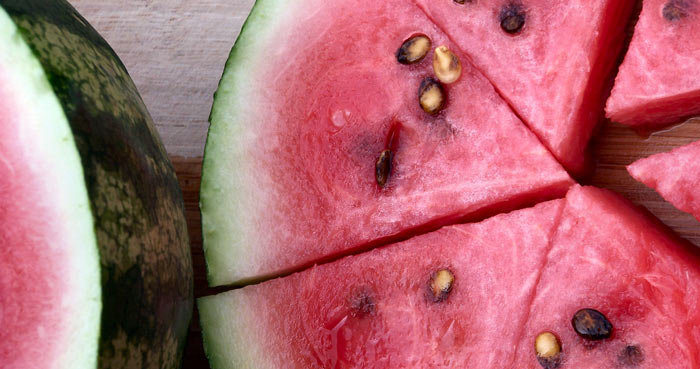by admin | Jul 1, 2013 | Awareness month
On May 8, 1999 the United States Department of Agriculture proclaimed July as National Blueberry Month. It is fitting that July is the month of celebration given the importance of blueberries in American history and the fact that the United States produces over 90% of...

by admin | Jun 28, 2013 | Healing Food Facts
Considered a summer squash, zucchini are a member of the melon family. Other summer squash include crookneck, straightneck, and pattypan squash. Zucchini are native to Central America and have been consumed for over 10,000 years. Squash spread throughout North and...

by admin | Jun 25, 2013 | Natural Facts
Q: My sleep problems started after age 30 and grew worse as I became a mother. I wake in the night and have difficulty getting back to sleep. Why do we have a harder time sleeping as we age, and what can I do? A: One of the biggest causes of sleep-maintenance...

by admin | Jun 25, 2013 | Natural Facts
Introduction: Silent inflammation reflects an underlying low-grade stimulation of the inflammatory process with no outwards signs of inflammation. The only way that it is apparent is looking a blood levels for markers of inflammation like C-reactive protein. Silent...

by admin | Jun 19, 2013 | Healing Food Facts
Did you know that a watermelon can weigh upwards of 90 pounds? Watermelons are native to the Kalahari Desert of southern Africa. Depicted in hieroglyphics on ancient Egyptian tomb walls, dating back as far as 3,000 B.C.E., watermelons were left to nourish the dead in...






